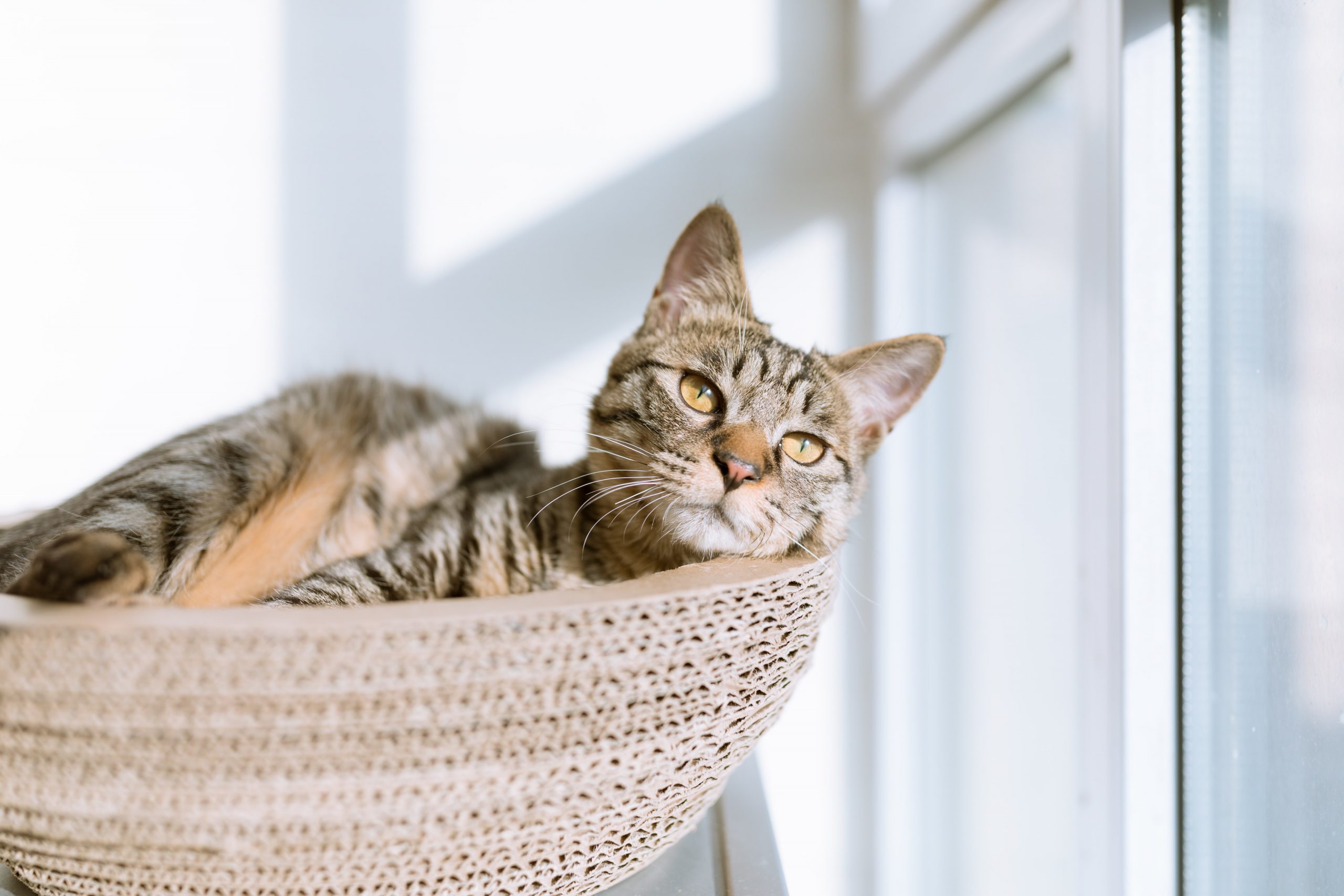
Regular grooming is essential for dogs of all breeds. Grooming keeps their coat lustrous and tangle-free. Furthermore, it allows you to check for parasite infestations and skin problems. Plus, grooming can serve as a bonding opportunity for you and your pooch.
Find an Appropriate Grooming Environment
Before grooming your dog, you must first find a safe and suitable grooming setting. This can assist in any possible unfortunate accidents that may occur. There are a few things you should keep in mind:
- When it comes to pet grooming, good lighting is critical.
- You’ll want to choose a peaceful and secure location. A non-slip surface should be present to prevent slipping.
- Choose a suitable time to groom your dog. This will ensure minimal disturbance.
Stay Calm and Patient At All Times
Your pets can sense your emotions. As a result, it is critical that you remain calm throughout the grooming process. If you are nervous, you should not try to groom your dog.
Some dogs may become agitated, for instance, when getting their nails trimmed. If this is the case, wait until your dog has calmed down. Trim a few nails each time, try not to rush to prevent accidents. When using nail clippers, trimmers, or scissors, make sure to be extra cautious.
Make sure to praise your dog and give them additional pets and treats throughout the process. It will be easier for both of you and your dog if they see grooming as a joyful experience.
Understanding Your Canine’s Limits
Your dog may not be able to stay still and remain calm long enough for you to groom them properly. To fix this, you could chat with your veterinarian about natural therapies that can help them relax.
If you insist on grooming your pouch at home, enlist the help of a trusted friend. This is because some pets may need a two-person grooming ritual. Additionally, it is recommended that you do not attempt to groom your dog if you do not feel comfortable doing so.
Establish a Routine
Establishing a schedule for your dog would be a good idea. Each time, use the same equipment, the same location, and the same sequence of actions. By doing so, your dog will know what to anticipate, reducing their fear. Make sure you have all of your tools before you begin so there would be no unnecessary interruptions.
Make Sure To Use Proper Grooming Equipment
If you decide to groom your pet yourself, be sure you have the right grooming supplies. You’ll need the appropriate scissors, nail trimmers, brushes, and other tools. Proper grooming equipment may work better and last longer. It’s crucial to clean and sharpen your tools after each usage and store them properly.
Choose the Right Shampoo
There are many shampoo options out in the market. However, not every shampoo option will be suitable for your dog. Thus, you may want to choose the right one for your dog. Find the perfect shampoo for your canine at aPetMart.
Use Correct Clippers
It is a good idea to keep a few sets of dog clipper blades on hand. Dog clipper blades have different sizes. For example, numbers 5, 7, 9, or 10 should be used for a shorter cut, while blades like numbers 8, 3 or 4 should be used for a longer cut. Use number 10 blade for delicate and hard-to-reach regions such intimate areas, around the eyes, and arm/leg pits.
Remember to always go with the flow of their hair development while using clippers. Make sure to hold the rear of the blade at an angle and the tip against your flesh. Pull the skin tight as you glide the trimmer along to prevent cutting it. Furthermore, it will ensure safe grooming and give them a smooth and even coat.
Preparation
Before any grooming processes, use a dog slicker brush or comb to carefully go through your dog’s coat while washing them. This is to untangle any mats and get rid of any excess loose hair so that the grooming process is quicker.
Additionally, make sure they are fully dry. This is due to the fact that their fur curls up when wet. By drying them thoroughly, it will save you from having clogged clippers.































